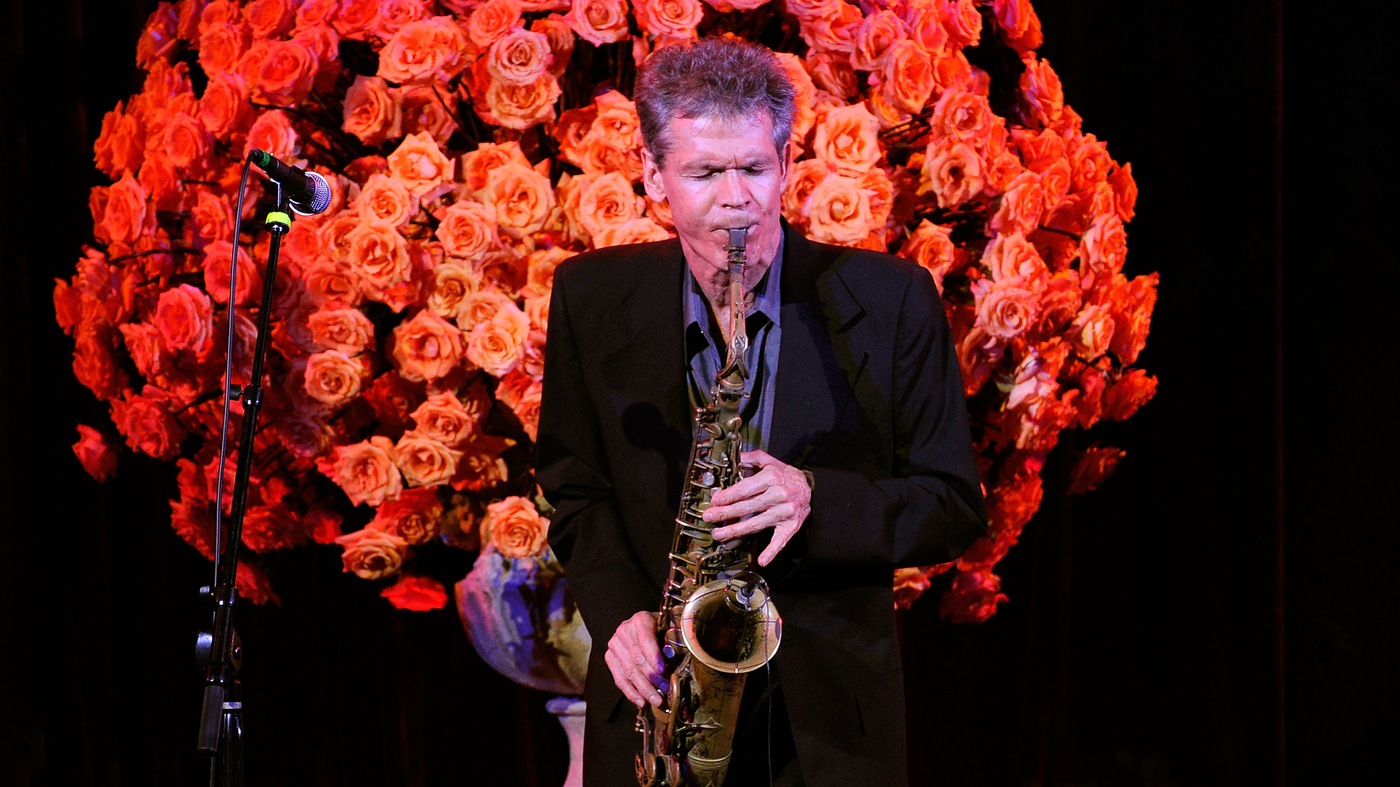News
Saxophonist David Sanborn, 6-time Grammy winner, has died at age 78 : NPR

David Sanborn, seen right here performing in New York Metropolis in 2011.
Dimitrios Kambouris/Getty Photographs
disguise caption
toggle caption
Dimitrios Kambouris/Getty Photographs

David Sanborn, seen right here performing in New York Metropolis in 2011.
Dimitrios Kambouris/Getty Photographs
David Sanborn, whose keening cry on alto saxophone was as vivid and steadfast as a lighthouse beacon throughout a profession that spanned almost 60 years and included collaborations with everybody from David Bowie to Stevie Surprise, died on Sunday in Tarrytown, N.Y. He was 78.
In accordance with an official assertion, the trigger was problems of prostate most cancers, which he had been battling since 2018.
With a string of crossover hits within the Seventies and ’80s, Sanborn set a sturdy template for the radio format referred to as easy jazz, although he himself by no means warmed to the time period. He had greater than a dozen albums break into the Billboard 200, and gained six Grammy awards — 4 of them in consecutive years in the course of the mid-to-late ’80s. Two of these profitable albums — Straight to the Coronary heart, a solo effort, and Double Imaginative and prescient, a collaboration with pianist Bob James — are cornerstones of the industrial style typically labeled modern jazz.
The important thing to Sanborn’s success was his sound, which ran sweet-tart with a bracing chew, just like the wedge of lime on a salt-rimmed cocktail glass. He’d tailored that tone from his childhood hero, Hank Crawford, a former music director with Ray Charles — however he made it as private as his talking voice, and carried it into a blinding vary of settings. Sanborn carried out at Woodstock as a member of The Paul Butterfield Blues Band, with whom he logged his earliest recording credit. He may be heard amiably wailing on “Tuesday Heartbreak,” from Surprise’s Speaking E-book album, and James Taylor’s “How Candy It Is (To Be Cherished By You).” His sax famously delivers the opening salvo on Bowie’s “Younger Individuals,” in addition to a operating commentary all through the tune.
Born in Tampa, Fla., on July 30, 1945, David William Sanborn spent his childhood in Kirkwood, Mo. A troublesome bout with polio at age 3 — the virus attacked his lungs, an arm and a leg — led to the saxophone as a therapeutic remedy. Enchanted by Crawford and others, he discovered an obsession; by his early teenagers, he was sitting in with blues legend Albert King. He joined the Butterfield band after shifting to Los Angeles, simply out of faculty.
The flexibility that Sanborn dropped at his musical profession would additionally turn into a trademark on community tv. He was briefly a member of the Saturday Night time Reside band within the early Eighties, and have become an everyday visitor with Paul Shaffer’s band on Late Night time with David Letterman. The expertise led to a short-lived however fondly remembered late-night music selection present known as Night time Music, which he co-hosted with Jools Holland on the shut of the ’80s. Within the present, which was produced by Hal Willner, Sanborn each bantered and carried out with the visitor lineup, which was radically eclectic; one episode had saxophonist Sonny Rollins, troubadour Leonard Cohen, pianist George Duke, spoken-word artist Ken Nordine, and the avant-pop band Was (Not Was). During the last 12 months, Sanborn rekindled a few of this vitality on an interview podcast known as As We Communicate, from WBGO.
By each part of his profession, Sanborn maintained an insistent if inconstant reference to the jazz custom. In 2013, he reunited with Bob James to make Quartette Humaine, a straight-ahead album that evoked the spirit of the traditional Dave Brubeck Quartet. The next 12 months, he launched Benefit from the View, a surefooted soul-jazz outing that includes Bobby Hutcherson on vibraphone, Joey DeFrancesco on a Hammond B-3 organ and Billy Hart on drums.
On the similar time, maybe on account of some sad encounters with jazz gatekeepers, Sanborn maintained a sure humility about his place within the music. “If push involves shove,” he advised NPR’s Scott Simon in 2008, “I’d describe myself extra as popping out of the blues/R&B aspect of the spectrum. However I imply, if you happen to play the saxophone, you actually cannot escape the affect of jazz. So it isn’t that I essentially do not, , wish to be known as a jazz musician. It is simply that I — , I do not know if that is completely correct.”
-

 News2 weeks ago
News2 weeks agoRep. Bennie Thompson fires staffer after controversial posts over Trump attack
-

 News4 weeks ago
News4 weeks ago‘The God of the Woods,’ by Liz Moore book review
-

 News4 weeks ago
News4 weeks agoThe current GC standings at the Tour de France 2024
-

 News4 weeks ago
News4 weeks agoRussell wins Austrian Grand Prix after late Verstappen-Norris collision | Motorsports News
-

 News2 weeks ago
News2 weeks agoDuck Donuts brings back Shark Dozen deal during Shark Week
-

 News4 weeks ago
News4 weeks agoRep. Thomas Massie shares about wife Rhonda’s death
-

 News4 weeks ago
News4 weeks agoPundits Suggest Biden Drop Out After Shaky Debate—But Gavin Newsom Dismisses Running
-

 News4 weeks ago
News4 weeks agoBelgium vs. Ukraine prediction, odds, start time: UEFA Euro 2024 picks, June 26 bets by proven soccer insider
